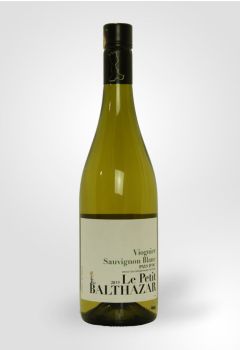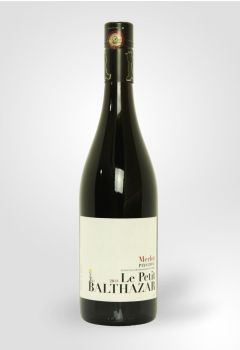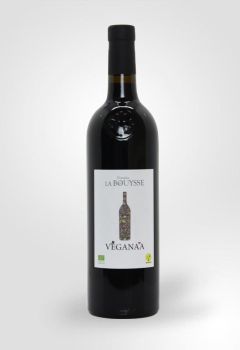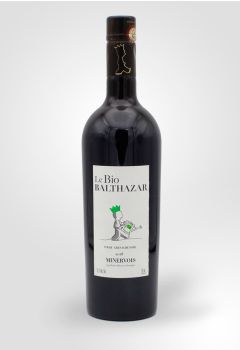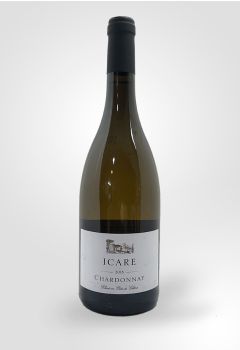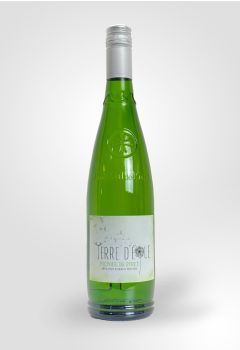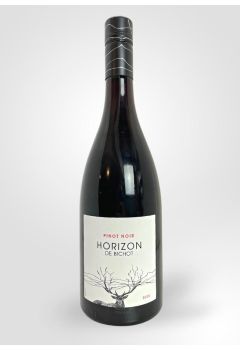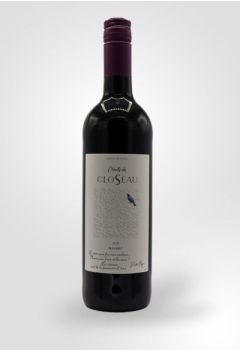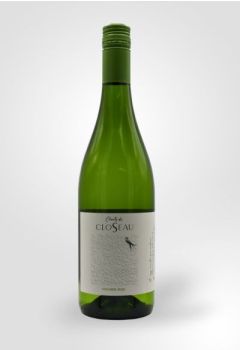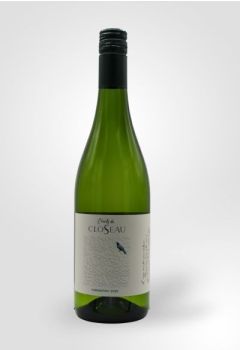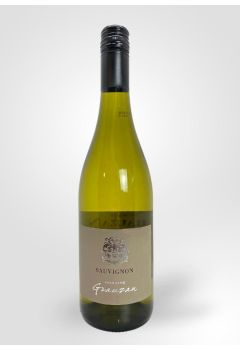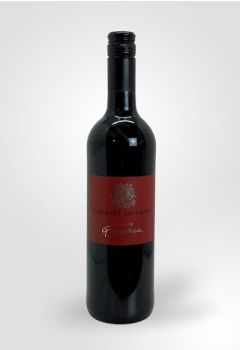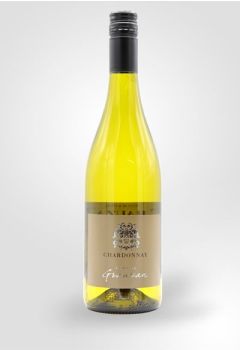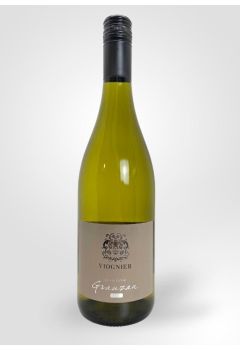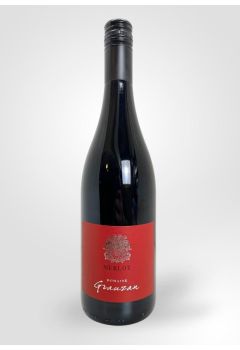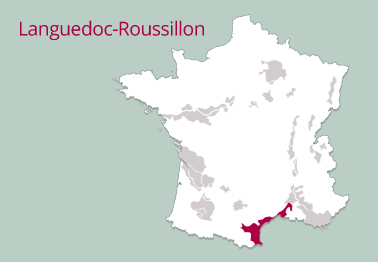
-
- Origin
- France
- Pays D'oc
A wine which is light in body and has a lower than usual alcohol content. Citrus, gooseberry and apricot on the nose and palate. Crisp and refreshing. Read More- Origin
- France
- Pays D'oc
A wine which is light in body and has a lower than usual alcohol content. Citrus, gooseberry and apricot on the nose and palate. Crisp and refreshing. Read More -
- Origin
- France
- South of France
- Corbieres
A gorgeous full-bodied blend of red grapes commonly grown in the South of France. Ample ripe black fruit aromas are present throughout and are joined ... Read More- Origin
- France
- South of France
- Corbieres
A gorgeous full-bodied blend of red grapes commonly grown in the South of France. Ample ripe black fruit aromas are present throughout and are joined ... Read More -
- Origin
- France
- Languedoc-Roussilon
A deep garnet red hue with purple hints. The nose is complex and rich with rosemary, blackcurrant and black cherry aromas. Full and smooth in the mout... Read More- Origin
- France
- Languedoc-Roussilon
A deep garnet red hue with purple hints. The nose is complex and rich with rosemary, blackcurrant and black cherry aromas. Full and smooth in the mout... Read More -
- Origin
- France
- Languedoc
Elegant and finely balanced with a luscious creaminess which is reminiscent of the whites of Burgundy. An exquisite Chardonnay from the Languedoc. Read More- Origin
- France
- Languedoc
Elegant and finely balanced with a luscious creaminess which is reminiscent of the whites of Burgundy. An exquisite Chardonnay from the Languedoc. Read More -
- Origin
- France
- Languedoc-Roussillon
A very fresh and zingy wine from the south of France that is perfect for any summer day and pairs perfectly with seafood. Read More- Origin
- France
- Languedoc-Roussillon
A very fresh and zingy wine from the south of France that is perfect for any summer day and pairs perfectly with seafood. Read More -
- Origin
- France
- South of France
Cherry flavours evolve toward peppery, mentholated notes. A hint of cedar rounds out the fruitiness. Silky texture with impressive length. Complex and... Read More- Origin
- France
- South of France
Cherry flavours evolve toward peppery, mentholated notes. A hint of cedar rounds out the fruitiness. Silky texture with impressive length. Complex and... Read More -
- Origin
- France
- Pays D'oc
A flavoursome Malbec with blackcurrant fruit and a touch of spice. Concentrated and full but retaining the classic French refined elegance. Read More- Origin
- France
- Pays D'oc
A flavoursome Malbec with blackcurrant fruit and a touch of spice. Concentrated and full but retaining the classic French refined elegance. Read More -
- Origin
- France
- Pays D'oc
A fresh and vibrant wine bursting with pear and pineapple character. A fuller style dry white that has an expressive charm. Read More- Origin
- France
- Pays D'oc
A fresh and vibrant wine bursting with pear and pineapple character. A fuller style dry white that has an expressive charm. Read More -
- Origin
- France
- Pays D'oc
If you like Sauvignon Blanc try this. A refreshing light dry white with subtle hints of grapefruit and crisp apples. Read More- Origin
- France
- Pays D'oc
If you like Sauvignon Blanc try this. A refreshing light dry white with subtle hints of grapefruit and crisp apples. Read More -
- Origin
- France
- Pays D'oc
This Sauvignon offers aromas of exotic fruit, white flowers as well a subtle sweet note. The mouth reveals a good acidity, but also a refreshing miner... Read More- Origin
- France
- Pays D'oc
This Sauvignon offers aromas of exotic fruit, white flowers as well a subtle sweet note. The mouth reveals a good acidity, but also a refreshing miner... Read More -
- Origin
- France
- Pays D'oc
This smooth and fruity red displays a multitude of pronounced black fruit flavours, while still maintaining a heavy and full-bodied presence. Read More- Origin
- France
- Pays D'oc
This smooth and fruity red displays a multitude of pronounced black fruit flavours, while still maintaining a heavy and full-bodied presence. Read More -
- Origin
- France
This fresh and fruity Chardonnay displays pear and melon flavours with a good acidity to match. It's perfect for a summer's day out on the balcony or ... Read More- Origin
- France
This fresh and fruity Chardonnay displays pear and melon flavours with a good acidity to match. It's perfect for a summer's day out on the balcony or ... Read More -
- Origin
- France
- Pays D'oc
An expressive wine with complex and intense aromas of peach, pear, apricot and white flowers. Generous on the palate with a collection of citrus aroma... Read More- Origin
- France
- Pays D'oc
An expressive wine with complex and intense aromas of peach, pear, apricot and white flowers. Generous on the palate with a collection of citrus aroma... Read More -
- Origin
- France
- Pays D'oc
A brilliant wine with an intense nose of undergrowth, blackberries and blackcurrants. Smooth and elegant on the palate with notes of ripe black fruits... Read More- Origin
- France
- Pays D'oc
A brilliant wine with an intense nose of undergrowth, blackberries and blackcurrants. Smooth and elegant on the palate with notes of ripe black fruits... Read More
wine lake but since the 1980s there has been a change of ethos and remarkable results. The Languedoc-Roussillon has become a region of exciting variety and escalating quality, and though the areas of Corbières and Minervois have been at the forefront of this improvement they are by no means the only wines worth seeking out.
Styles of Wine
The Languedoc-Roussillon is as varied in its styles as could be. White, sparkling, rosé and 90 per cent of France's dessert wines, known as vins doux naturel, come from the region, but it is for its reds that it is largely significant. The wines of Corbières and Minervois are the most famous, though other AOCs are improving all the time and the region's vin de pays, usually labelled as Vin de Pays d'Oc, can be excellent for both quality and value.
Key Vines
The region once had a great variety of vines, but disease and declining markets have sounded the death knell for many. Cinsault, Grenache and Carignan are the three great survivors that produce much of the red wine of the Languedoc-Roussillon. Traditional white vines include Ugni Blanc, Vermentino, Bourboulenc and Muscat.
In the last 20 years there has been a great deal of planting of international varieties. Syrah and Mourvèdre are permitted in several AOC wines, but Cabernet Sauvignon, Merlot, Chardonnay, Sauvignon Blanc and Viognier are not and will be classed as Vin de Pays d'Oc with the name of the grape on the label. These represent some of the finest wines on offer in the region.
Climate and Terroir
It is a very large region but the climate is generally a Mediterranean one. Its winters are mild and sufficiently wet, the summers are warm and dry and it is reliable enough to not carry the risk of a disastrous vintage. The soil, however, is varied and allows for individuality in the grapes that are grown.
Prior to the '80s the trend had been to plant vineyards on the plains, where the conditions for the grape grower were easiest. Sadly, conditions for the drinker were less than ideal as this approach led to weak and insipid wines. In recent years, with the improvement of ambition and knowledge, vines have been planted in the poor soil of slopes where little else will grow and these harder-working grapes have produced far more rewarding results.

